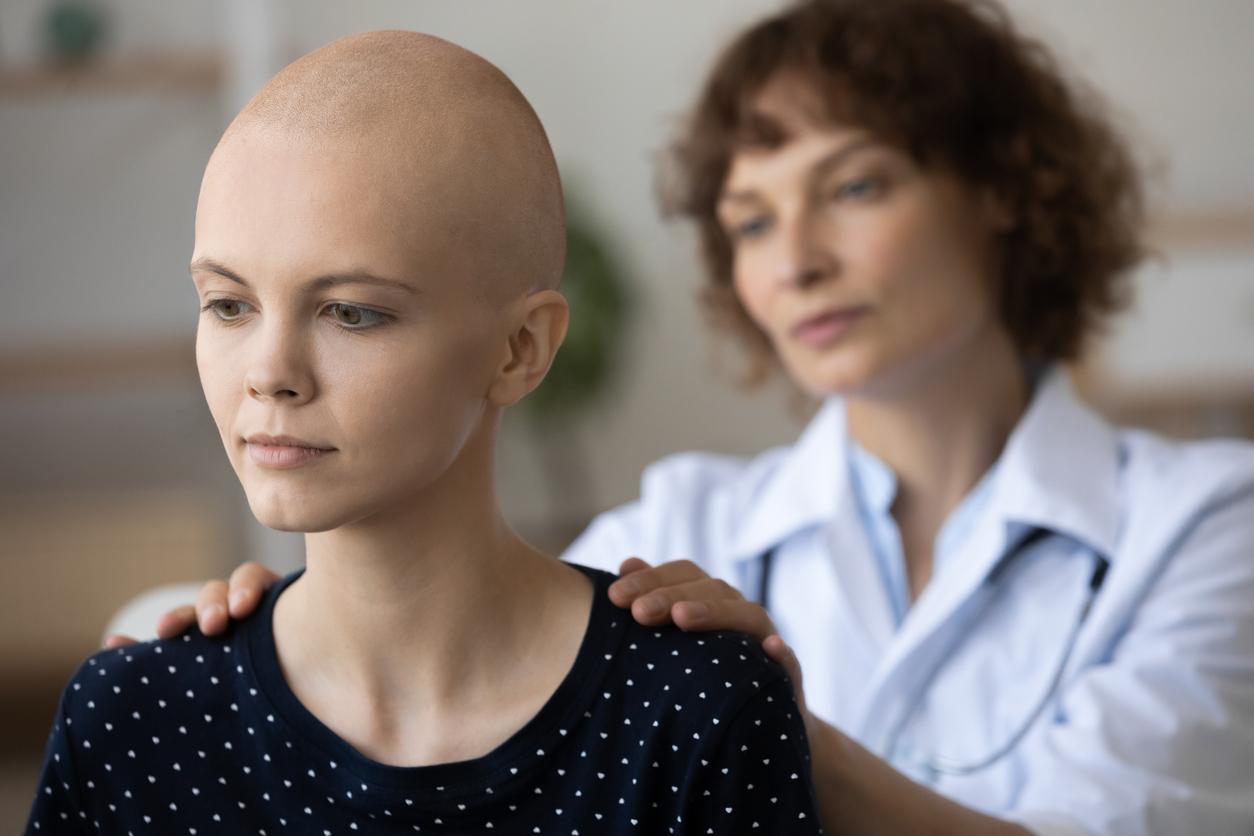Of the 528,000 new cases each year, 70% of women live in poorly developed areas. WHO advocates for the availability of simple screening tools.

With 528,000 new cases each year, cervical cancer is the fourth most common cancer in women worldwide, after breast, colorectal and lung cancer. This cancer is particularly common in poor countries of sub-Saharan Africa.
In these countries, women pay a heavy price: 34.8 new cases of cervical cancer per 100,000 women are detected each year, and 22.5 women per 100,000 die from the disease. By comparison in North America, the figures are 6.6 and 2.5 per 100,000, respectively.
According to the last report of the WHO-dependent International Agency for Research on Cancer (IARC), nearly 70% of the global burden is in less-developed regions, with India hosting more than a fifth of all new cases diagnosed.
Inexpensive screening tools
“Cervical cancer, which affects young women, can have catastrophic effects with very high human, social and economic costs,” laments Dr Rengaswamy Sankaranarayanan, head of an IARC research project on cervical cancer screening. pass in rural India. “Inexpensive, low-tech screening tools exist today that could significantly reduce the burden of death in less developed countries,” he explained.
“Our studies on cervical cancer have shown that a single screening in women by visual inspection with acetic acid can reduce cervical cancer mortality by a third compared to no screening.
In another area, this researcher has also shown that visual screening for oral cancer can reduce deaths among alcohol users and smokers. “If subjects are subjected to four such screenings every three years, more than 85% of oral cancer deaths could be prevented,” he said.
For his part, the director of IARC, Dr Christopher Wild called for the progress made in recent years in the most developed regions of the world to be implemented in other countries to reduce morbidity and mortality. “These figures highlight the need to implement the tools already available for cervical cancer, including HPV vaccination, combined with well-organized national screening and treatment programs,” said Dr Christopher Wild.
.

















